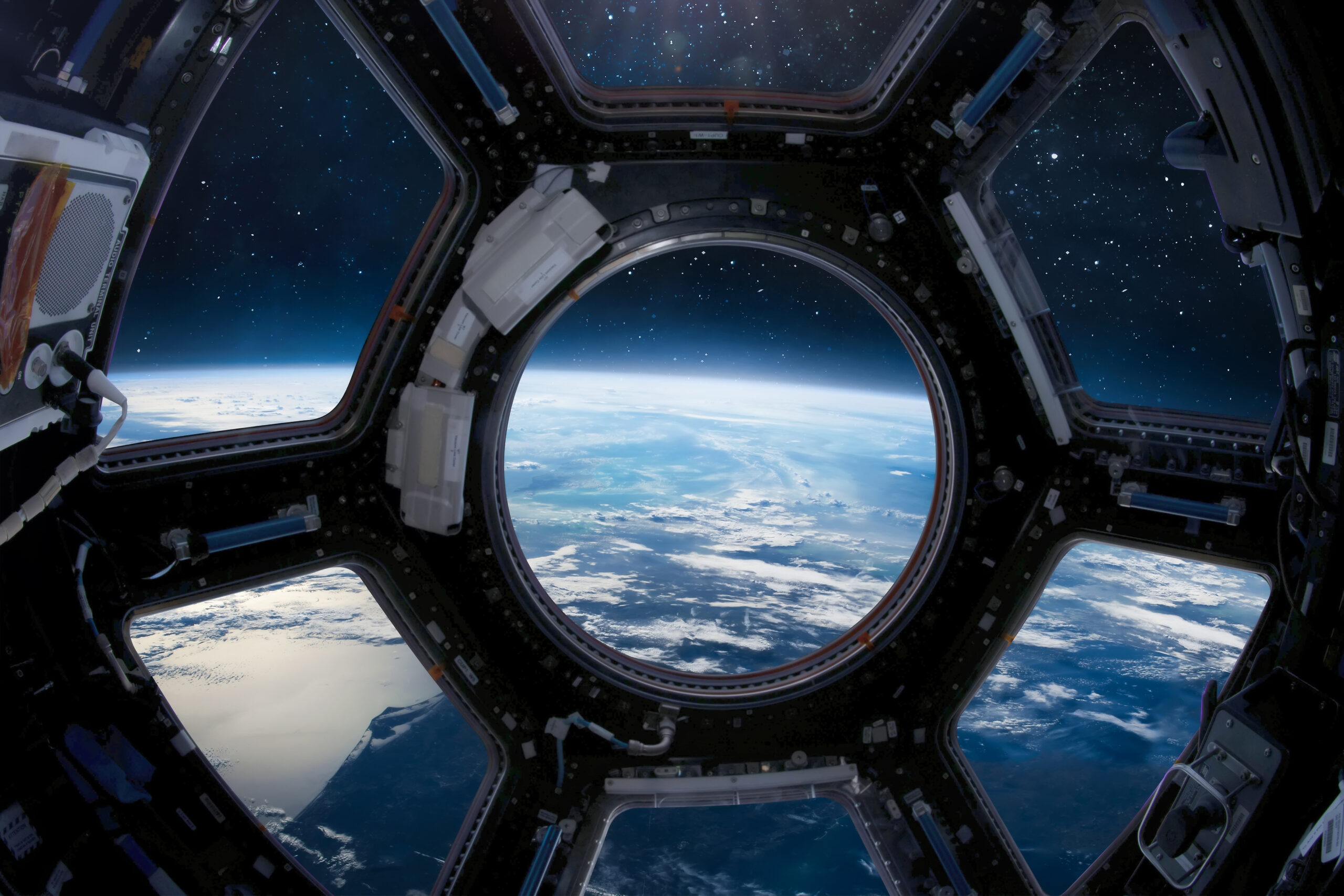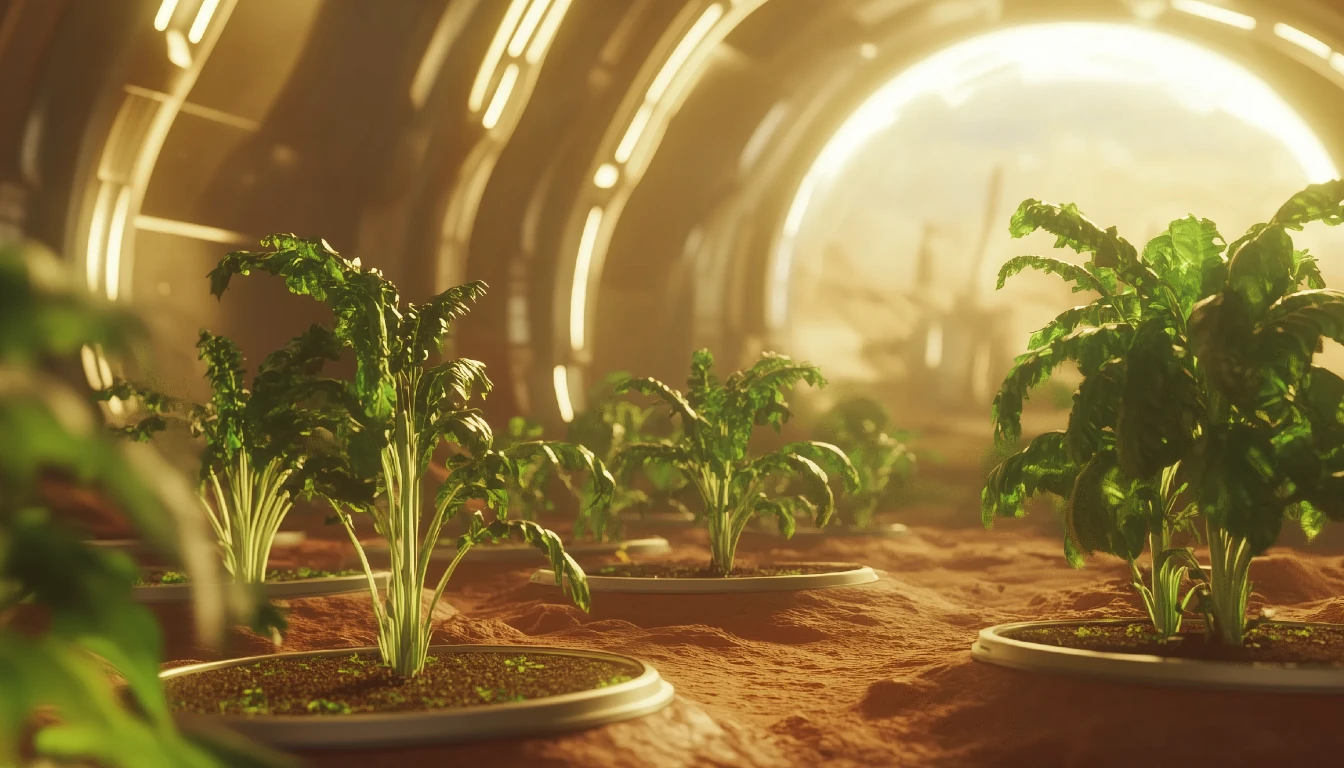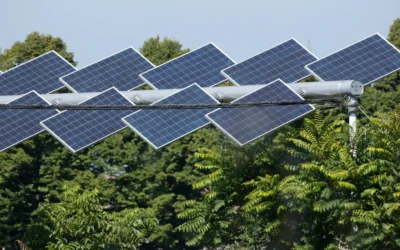In the same way that the dawn of agriculture marked a pivotal moment for early human civilisation, enabling a shift from nomadic lifestyles to settled communities, contemporary advances in space agriculture hold the promise of sustaining future human life beyond Earth.
From a terrestrial – and currently much more useful – perspective, the innovations driven by the constraints of space agriculture could also inform sustainable practices on Earth.
Techniques developed for growing in harsh space environments might be adapted to address agricultural challenges in extreme climates and urban settings on Earth, potentially unlocking new solutions for feeding the rising global population amidst resource scarcity.
As missions look to Mars, a key challenge is recreating the foundational elements of terrestrial life—in particular, agriculture—in extraterrestrial environments. Stefania De Pascale, an Italian scientist with a background in agronomy, is a leader in the field.
De Pascale’s journey into space agriculture began with her education in Agriculture at the Federico II University of Naples. Her collaboration with aerospace engineers in Amsterdam opened doors to pioneering research efforts on the International Space Station (ISS) in Naples—a partnership that has furthered cooperation with the Italian Space Agency and the European Space Agency (ESA). In 2019, she established the Laboratory of Crop Research for Space, focusing on developing regenerative life support systems that incorporate plant cultivation for space missions.
The practical reasons for pursuing space agriculture are significant. The ISS is relatively self-sustaining due to the close proximity to Earth and the feasibility of supply missions. However, missions to the Moon and eventually Mars necessitate more autonomous systems. Mars, varying between 55 and 400 million kilometres away from Earth, presents logistical and financial challenges—particularly when considering that each crew member would require up to 7.5 tonnes of food and supplies over a 500-day mission. Producing food on Mars would significantly reduce the payload and dependency on Earth-based supply chains.

Looking down on earth from the International Space Station. Image supplied by NASA.
The unique conditions of space produce varied challenges. On the ISS, microgravity makes conventional watering methods unfeasible, prompting the implementation of capillary irrigation systems within enclosed growth environments. Here, crops such as lettuce, wheat, tomatoes, and radishes are grown in small quantities using the efficient “salad machine” method, producing what are colloquially known as “pick and eat” vegetables.
However, the move towards lunar and Martian bases presents its own set of variables. Unlike the microgravity environment of the ISS, both the Moon and Mars possess gravity, albeit reduced. This allows for the adaptation of hydroponic systems similar to Earth’s greenhouses. De Pascale’s work includes examining the potential of using local resources, such as lunar or Martian regolith, as growing substrates.
Beyond providing sustenance, plants play critical roles in other life-supporting functions—they produce oxygen, absorb carbon dioxide, and can convert organic waste into nutrients, enhancing the overall habitat sustainability. Furthermore, the psychological benefits of greenery help mitigate the psychological toll of space’s isolation.
The development of space agriculture, therefore, not only paves the way for long-duration space travel but also provides reciprocal benefits that may contribute to global food security and sustainability initiatives. This dialogue between space and terrestrial agriculture underscores a future where the knowledge gained from planting potatoes on Mars might very well enhance the opportunities for agriculture here on Earth.




